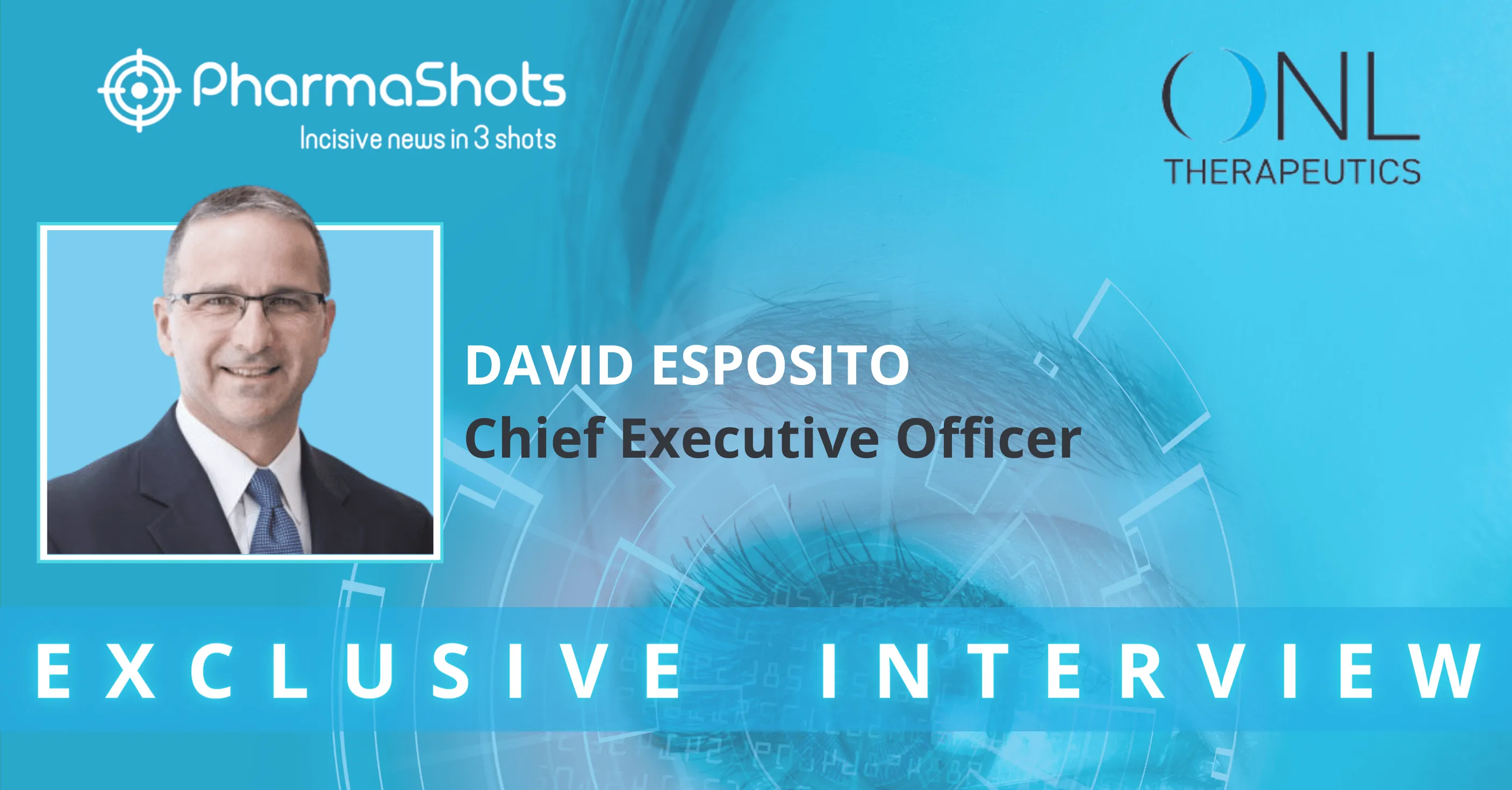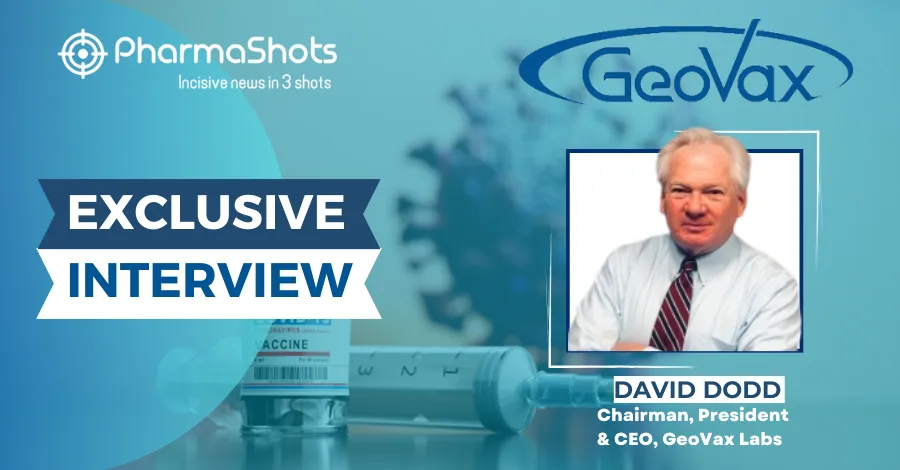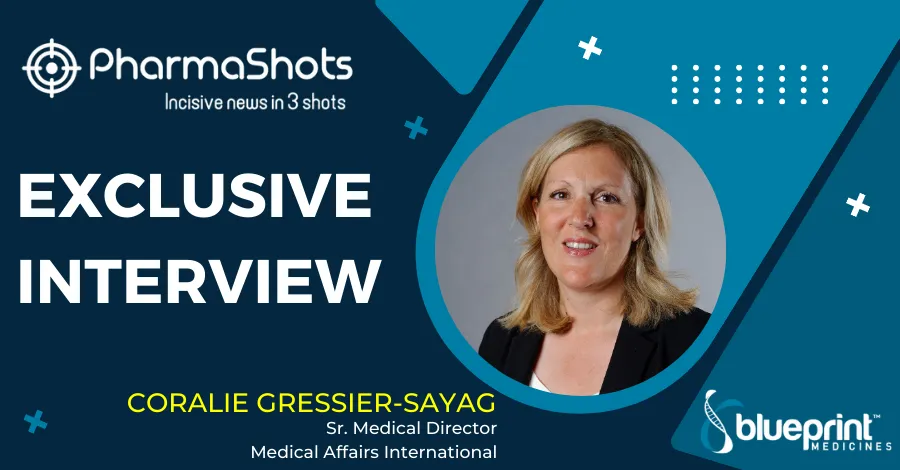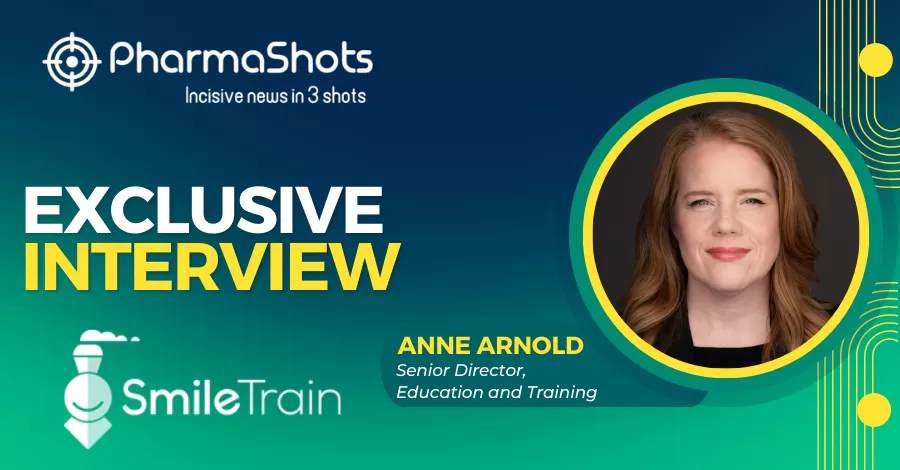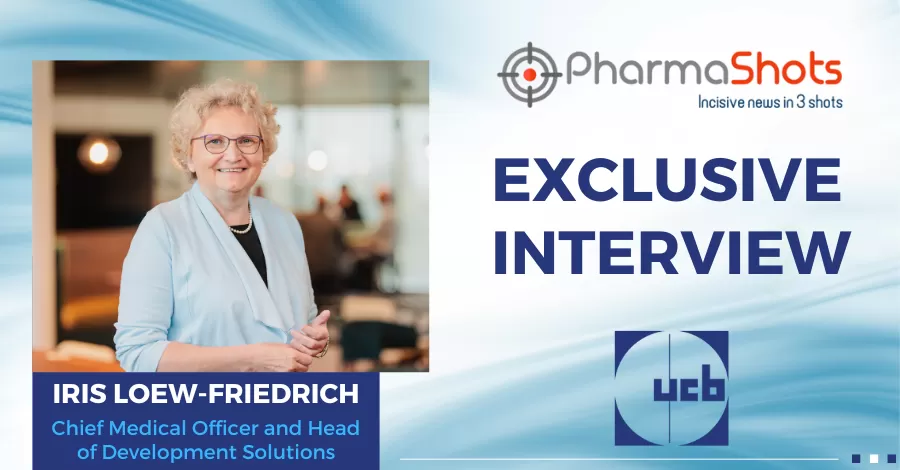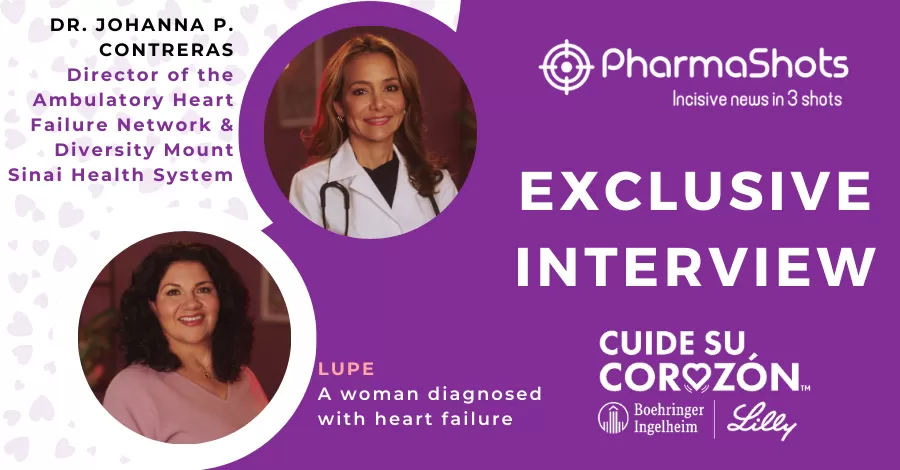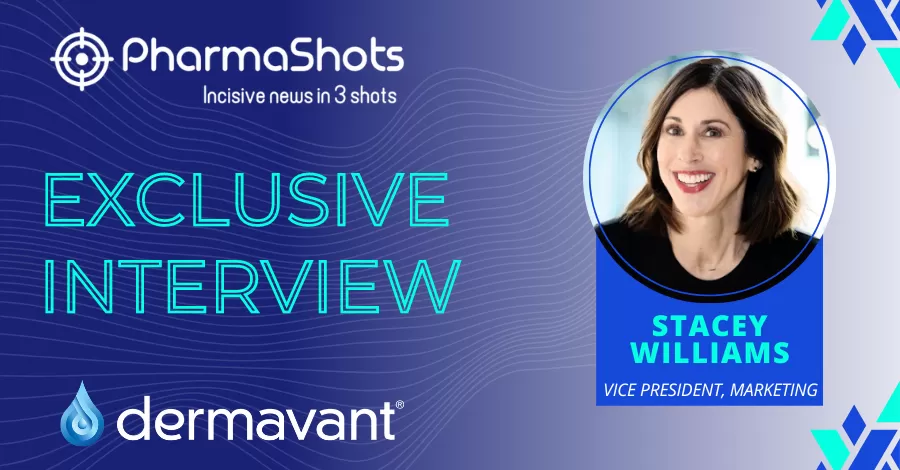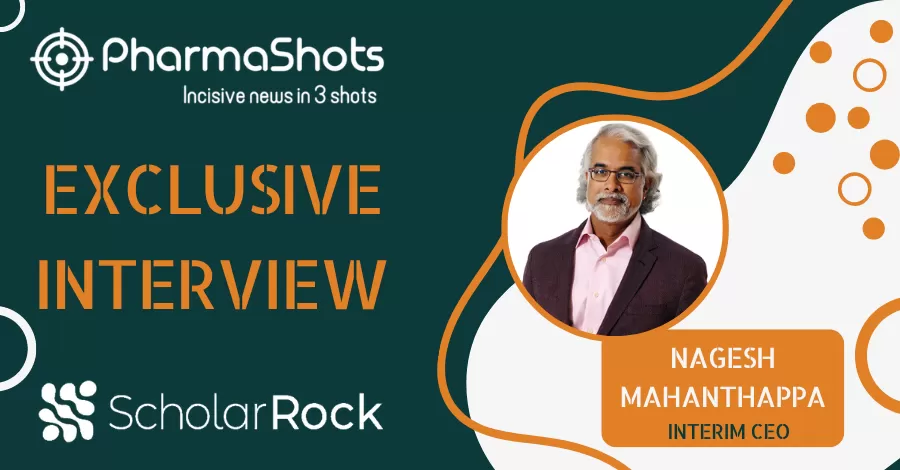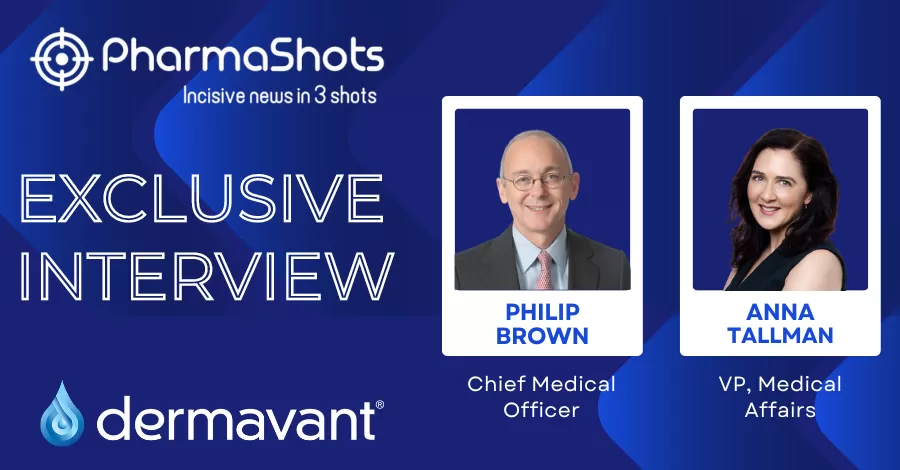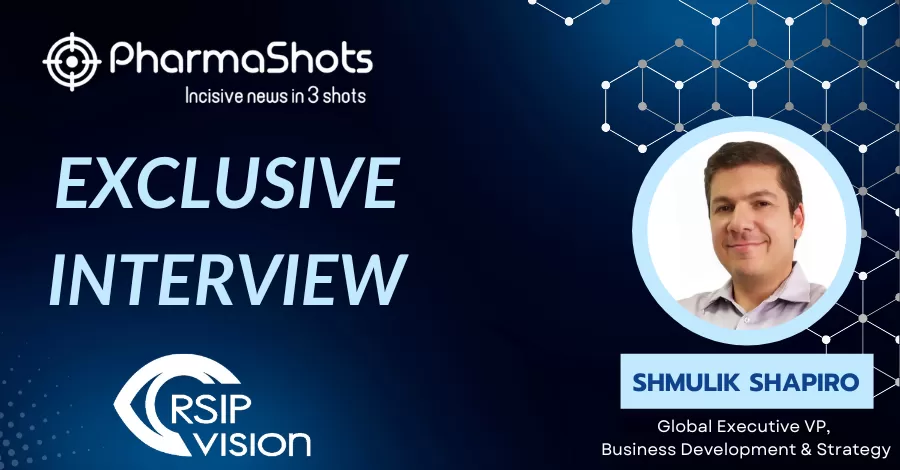
Noelle Bush in an Enlightening Interview with PharmaShots Shares Insights from the It Takes 2 Awareness Program
Shots:
-
Exemplifying awareness campaign at its best with a hint of contemporary music, “It takes 2” by Boehringer Ingelheim and Eli Lilly is a noble initiative aimed at integrating UACR testing with eGFR for better screening of CKD
-
Noelle Bush, in an engaging conversation with PharmaShots, cites the growing incidences of CKD in the US. “It Takes 2”, reminiscent of sweeping pop culture by Rob Base is revamped to highlight the importance of two tests UACR and eGFR
-
Noelle discusses the importance of two tests and how they help in the early detection of CKD and check the disease progression
Saurabh: Firstly, congratulations on the creativity as “It takes two to make a thing go right, it takes two to make it outta sight” is very catchy. Most of the U.S. population knows this song by heart & it will remind them about their health in their daily lives. It takes 2 is a unique approach when it comes to managing kidney health & also the significance of complete testing, we are excited to know more about it. So, what was the inspiration behind this collaboration with Rob Base?
Noelle: More than 35 million adults in the U.S. have chronic kidney disease and most (approximately 90%) are unaware of their condition, as many people do not experience symptoms until their disease has advanced.
Additionally, a study by LabCorp and the National Kidney Foundation showed that less than 20% of those at risk for CKD between 2013 and 2019 received complete testing (defined as both eGFR and UACR) for CKD, driven primarily by absence of UACR (nearly 80%). Leading kidney and diabetes organizations recommend screening at-risk adults for CKD using both eGFR and UACR.
Boehringer Ingelheim and Eli Lilly and Company (Lilly) recognized these unmet needs and created “It takes 2” – an unbranded health initiative. Our goal for It takes 2 is to capture the attention of our key audiences and to help do this we tapped into the resurgence of nostalgia currently sweeping pop culture, in a fresh way that is relevant to the initiative. Rob Base became an ideal choice to help us recreate his hit song “It Takes Two” to reinforce program messages in an engaging and educational way that will resonate across audiences and channels.
Saurabh: Usually, companies collaborate with celebrities such as Rob Base who are/ were patients or have a connection with the particular cause. Does Rob Base have a connection to CKD?
Noelle: We worked closely with Rob to reimagine the lyrics to “It Takes Two” and collaborated on two brand new music videos for those at risk for CKD and healthcare professionals who treat those at risk. Rob was able to blend his experience in the music industry with his personal connection to kidney disease to help create a memorable testament to “It Takes Two” as well as DJ E-Z Rock, his friend and collaborator who passed away due to complications from diabetes. Diabetes is one of the main risk factors for kidney disease.
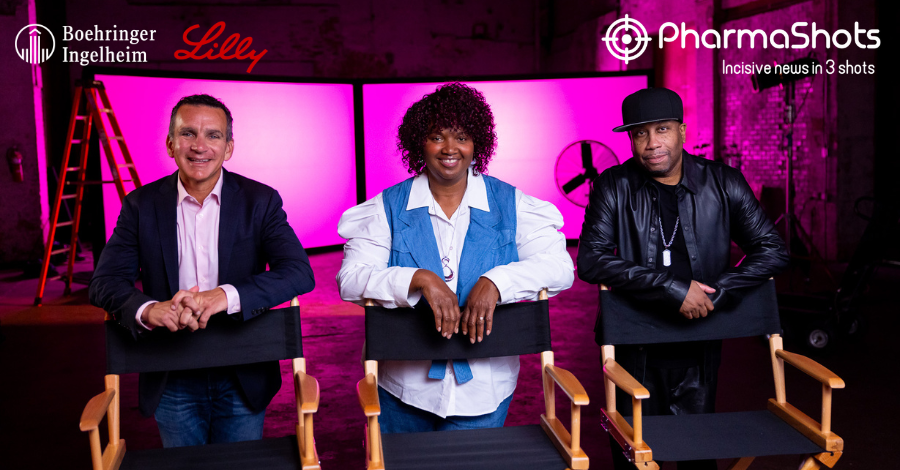
Saurabh: CKD is a major health issue these days and early diagnosis can help people prevent it from worsening. Can you tell us how this initiative will help in early diagnosis & mitigate the long-term consequences of CKD?
Noelle: It takes 2 is a call-to-action for adults at risk for CKD to better understand that it takes two people – the patient and a healthcare professional – to help detect kidney disease. With disease education, people can advocate for early testing and help reduce the potential for long-term complications.
This initiative also encourages healthcare professionals to follow clinical guidelines from diabetes and kidney organizations and proactively screen for kidney disease with two tests – eGFR, a blood test commonly included in kidney panels, and UACR, a urine test – to help ensure the best possible health outcomes. Regular blood and urine testing can drive earlier diagnosis, and in turn, treatment.
Saurabh: One disease invites the other, a very well-known fact, that tells us people with type 2 diabetes or high blood pressure are at higher risk, so what are the two tests that will help them recognize their early signs?
Noelle: Professional guidelines recommend that healthcare professionals screen for kidney disease using both estimated glomerular filtration rate (eGFR) and urine albumin-to-creatinine ratio (UACR).
-
eGFR is a blood test that measures how well kidneys filter the blood and helps determine the stage of kidney disease.
-
UACR is a urine test that measures the ratio of a protein in the blood to waste in the urine and can help predict the outcome of kidney disease. There are numerous ways to test for urine protein, but UACR is a more standardized, sensitive and specific measure of kidney damage and is recommended for CKD screening.
There are several benefits of using two tests to screen people at risk for CKD. UACR, when combined with eGFR, can help detect and treat CKD early, thereby helping:
-
Stage and stratify risk of CKD progression, cardiovascular events, kidney failure and death
-
Address health disparities in CKD diagnosis and care
-
Reduce the overall burden on the healthcare system by reducing costs associated with CKD
This is why our initiative is focused on bringing attention to the importance of complete screening for CKD and adding UACR testing to people’s health plan. Together, these tests can help identify the stage as well as the risk of disease progression.
Saurabh: What are the two distinct messages for HCPs and patients from “It takes 2”?
Noelle: For healthcare professionals, It takes 2 tests – eGFR and UACR – to get the full picture about CKD. Clinical guidelines urge healthcare professionals to routinely screen for CKD using both the eGFR blood test and UACR urine test to decrease the risk of disease progression and serious, long-term complications. However, recent data reveals that less than 20% of adults with type 2 diabetes and high blood pressure – two of the main risk factors for developing kidney disease – received guideline-concordant testing. It takes 2 to encourage healthcare professionals to add UACR testing to screen for CKD, as eGFR testing only tells half the story. You can learn more at www.CKDTesting.com.
For adults at risk for CKD, It takes 2 – a patient and a healthcare professional – to detect and manage it. While diabetes and high blood pressure are responsible for up to two-thirds of kidney disease cases, people may not know that they have it. Many adults do not experience symptoms until their kidney disease has advanced. Kidney disease staging is based on kidney health and is used to guide treatment decisions. It takes 2 empowers people to partner with their healthcare professional and test early and often to identify the stage as well as the risk of progression. You can learn more at www.TestYourKidneys.com.
Saurabh: What is the guidance being promoted via the campaign for the patients, how can they look after their wellbeing? Are there any Do’s and Don'ts?
Noelle: The Boehringer Ingelheim and Eli Lilly and Company Alliance is committed to kidney health and a holistic approach to prioritizing people’s overall cardio-renal-metabolic (C-R-M) health, which is why it is imperative to educate both adults at risk for CKD and healthcare professionals on the importance of complete testing and early diagnosis.
Image Source: Canva
About the Author:
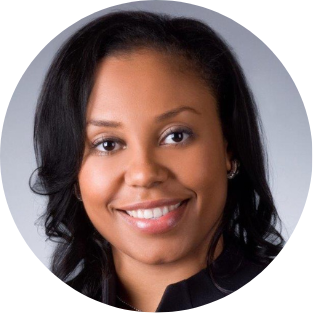
Noelle Bush
Director, Marketing at Boehringer Ingelheim
Noelle is a marketing guru with over 20 years of experience in cardiorenal metabolic health. Noelle is focused on innovation and healthcare advocacy that enhances patient outcomes.
Video Credits: Boehringer Ingelheim
Related Post: Insights from Coralie Gressier-Sayag on Avapritinib Efficacy Data Presented at EHA 2023
Tags

Saurabh is a Senior Content Writer at PharmaShots. He is a voracious reader and follows the recent trends and innovations of life science companies diligently. His work at PharmaShots involves writing articles, editing content, and proofreading drafts. He has a knack for writing content that covers the Biotech, MedTech, Pharmaceutical, and Healthcare sectors.



